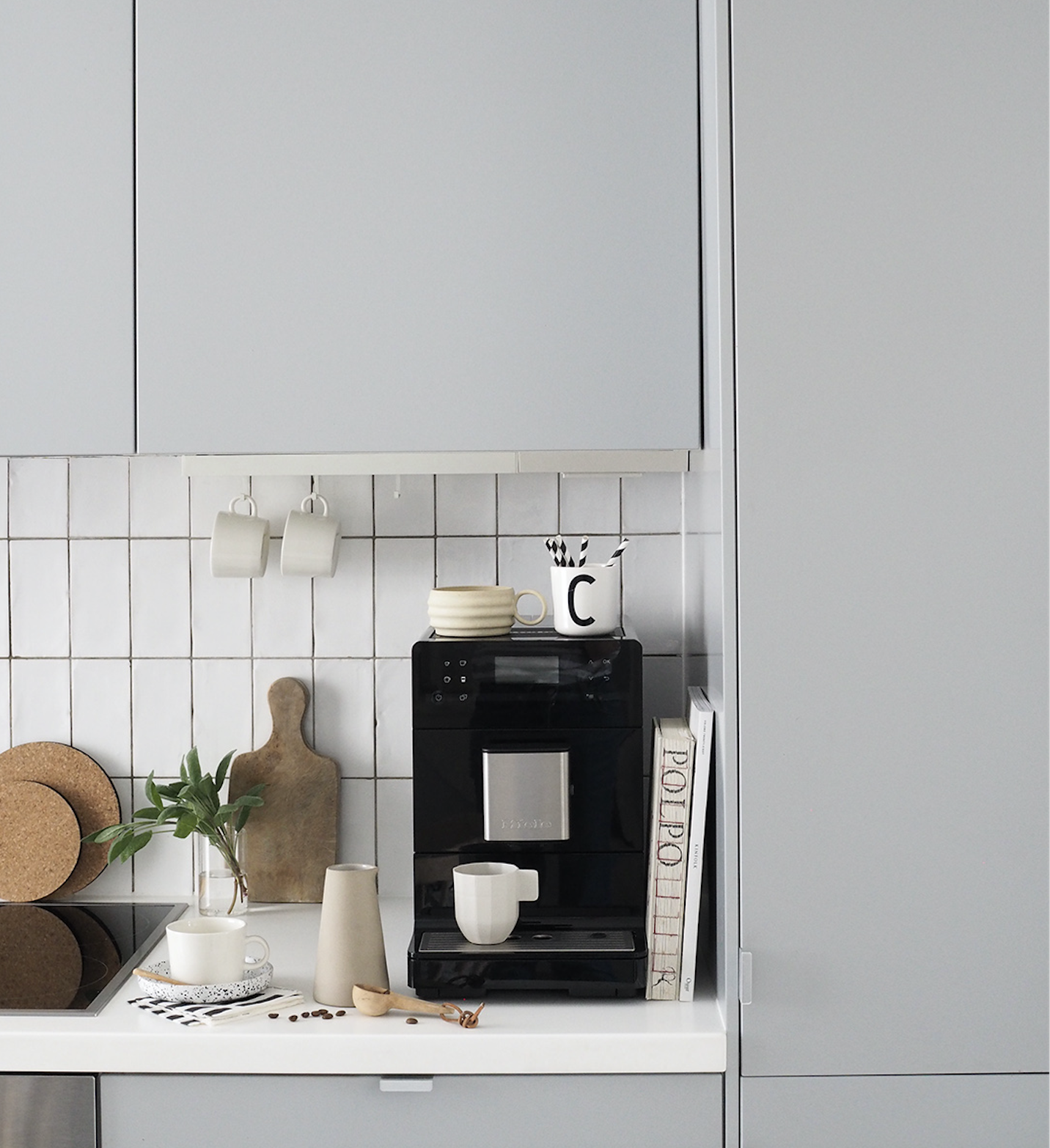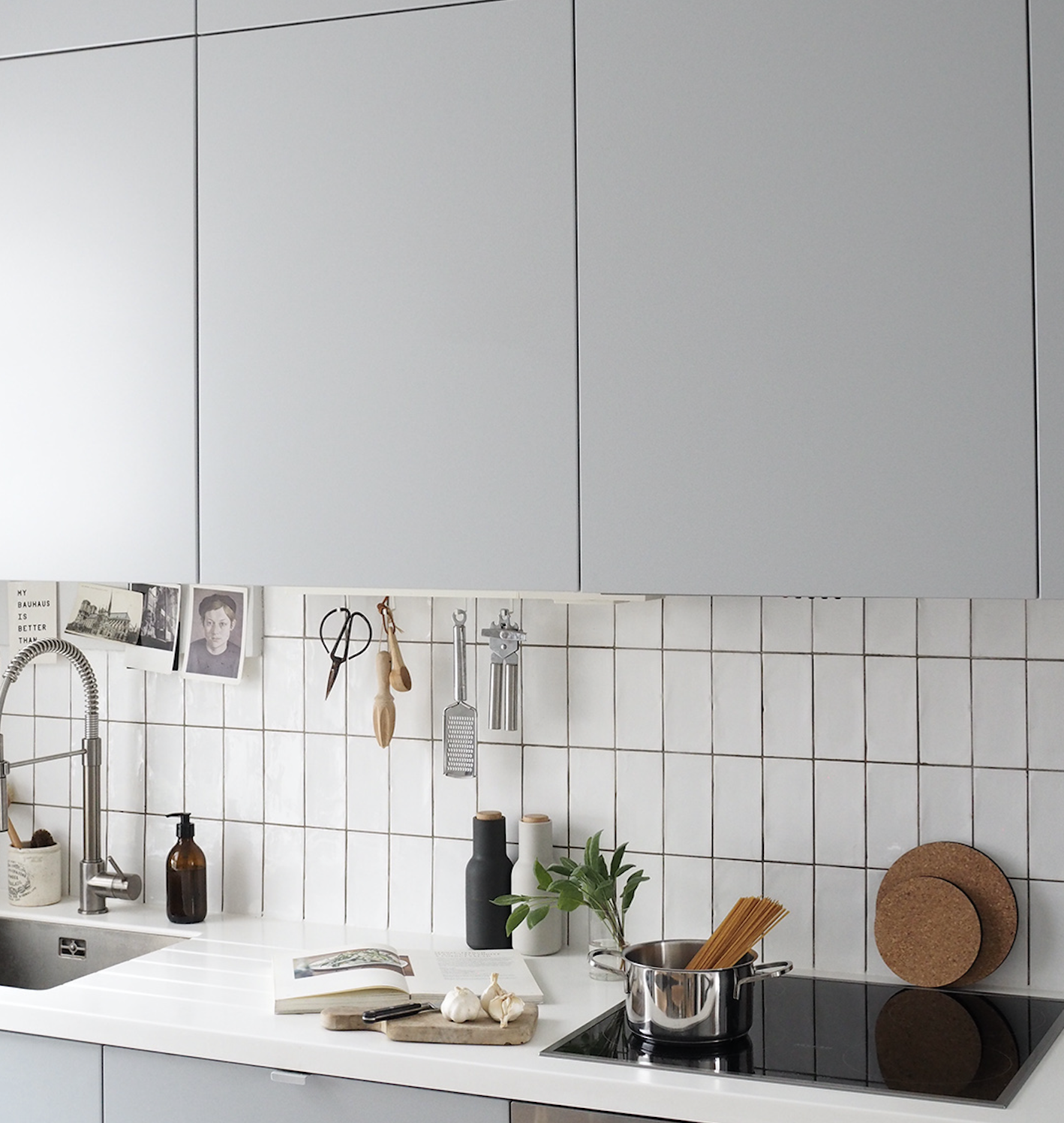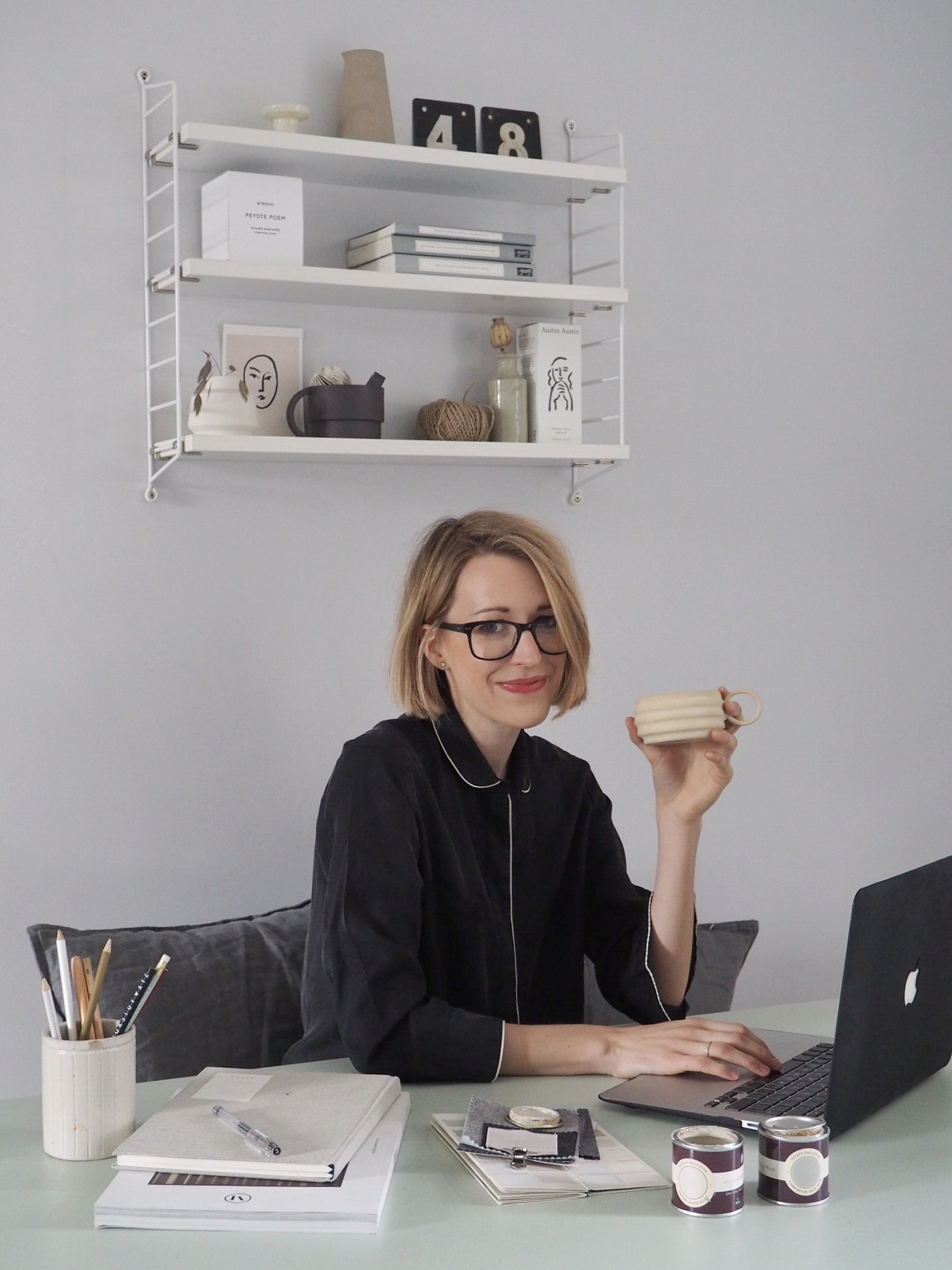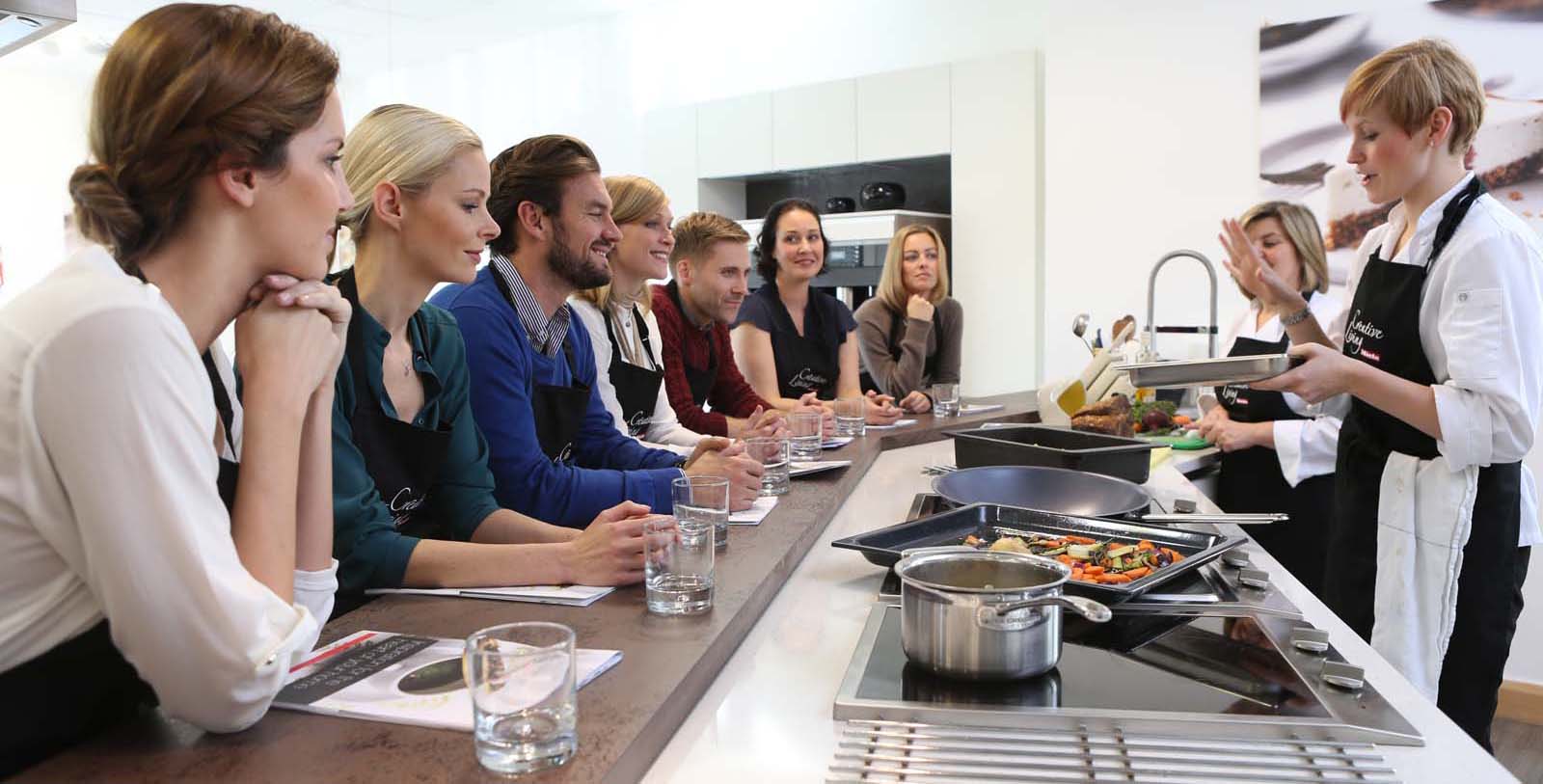Minimal kitchens are showing no sign of going out of fashion, in fact they’re becoming even more refined and reductionist in style. There’s a trend for kitchens to try and not look like kitchens at all; with barely visible technology in place of bulky appliances, plain, blank walls where there would have been units, seamless joins between surfaces instead of chunky worktops, and floor-to-ceiling doors to conceal messy cooking stations. The focus is on rich materials and craftsmanship rather than superfluous details – everything from units made of reclaimed wood and brushed brass islands to industrial metal units and terrazzo worktops. The look is streamlined, contemporary and smart but tactile and warm at the same time.
Now firmly the heart of the home, the kitchen isn’t just about cooking anymore – it’s a place to relax and unwind, somewhere to entertain friends, a space for the kids to do their homework or for freelancers to work from the kitchen table. Homeowners are starting to treat the kitchen more like a living room than a place purely of function and add a bit of their personal style; with beautiful paintings leaned casually above kitchen units, open shelving for favourite knick-knacks, and exquisite lamps to add a talking point.
Here are five tips for styling a minimal kitchen, easily applied whether you’re planning a complete kitchen renovation or are looking to give a new look to an existing one.

- Free up space on the worktop. Create a clear, uncluttered space to work, cook and prepare by reducing what’s out on display. Think of only what you really need to use everyday. This might mean integrating appliances such as microwaves into cupboards, having a hot water tap so you don’t need a kettle, hanging utensils from hooks above the worktop, displaying kilner jars of ingredients on open shelving or using a bar cart/trolley for items like the toaster when they’re not in use.

-
Details matter. The items which can make or break a kitchen are usually the things you touch first everyday – the taps, the handles, the plug switches. You want to get these little details right as they’ll tie the scheme together and help create a cohesive look. Less is more – there’s a big trend now for plain, handleless doors with neat, inset grooves to open them.
-
A nod to sustainability. Minimal design is preoccupied with craftsmanship and carefully considering the bones that make up a project. Think about the materials being used; IKEA has just released a kitchen design made of recycled PET bottles that would otherwise have ended up in landfill, while Reform has just collaborated with Lendager Group to reuse off-cuts of Dinesen flooring for kitchen doors. It’s worth noting that an elegant, timeless kitchen that is built to last and made of quality materials will be inherently sustainable because it won’t need to be replaced after a few years.
- Bring the outside in. Use plants to bring a pop of colour to an otherwise pared-back space, you can hang them from hooks so they trail down the splash back, style them on shelves to create a vibrant, visual display or even inset a planter into a kitchen island so herbs are always to hand when cooking.

- Personalise it and make it yours. Trends should be used as inspiration for a space, not as something to be ruled by. The most important thing is making the kitchen work for you, whether you’re a wannabe chef, a coffee connoisseur or a baking whizz. Use the kitchen as a backdrop for your everyday life, displaying a little of what makes you happy and being true to your personal style.

Planning Your Kitchen?
Discover the precision and accuracy of Miele with a complimentary 5 course taster menu that brings the appliances to life.



